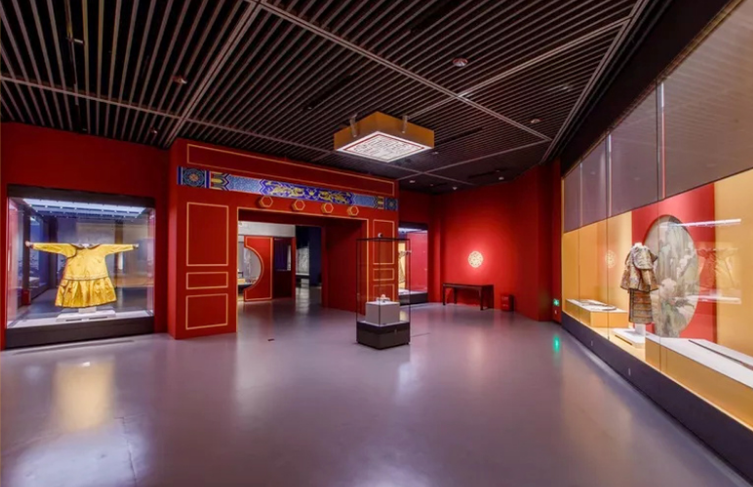In the discussion of green buildings and sustainable materials, the environmental performance of superwhite glass, a material widely used in construction, solar photovoltaics, and high-end automobiles, has attracted attention. This paper aims to explore the environmental properties of superwhite glass, analyze its environmental impacts during production, use, and recycling, and provide a comprehensive perspective on its environmental advantages and potential improvements.
Overview of Ultra-White Glass
Ultra-white glass, also known as low-iron glass, is a type of glass with an iron content of less than 0.015%. Compared to ordinary float glass, it has a higher light transmission (up to 91.5% or more), making the glass visually brighter and more transparent. Due to its desirable optical properties, super white glass is widely used in applications where high transparency is required, such as display cases, building facades, solar panel coverings, and so on.
Environmental performance at the production stage
Raw material selection: The production of ultra-white glass requires a higher purity of raw materials, which usually means the use of purer quartz sand and lower iron content in the melting process. Whilst the strict selection of raw materials does not in itself directly correlate with environmental performance, reducing the level of impurities helps to reduce the energy consumption required during the melting process.
Energy consumption and emissions: Any glass production process is energy-intensive, and ultra-white glass is no exception. The high-temperature melting process is the energy-intensive part of the production process. To achieve environmental goals, some reputable companies have adopted natural gas or electricity as clean energy sources to replace traditional coal heating, reducing emissions of SO2, NOx, and other pollutants. In addition, energy consumption can be effectively reduced by improving furnace design and insulation.
Technological innovation: To reduce their environmental impact, some manufacturers are committed to technological innovation, such as adopting more energy-efficient float production lines, optimizing production processes to reduce the generation of trimmings, and implementing waste heat recovery systems to maximize the use of energy by applying heat generated by the melting furnace to other processes or generating electricity.

Environmental contribution in the use phase
High light transmission saves energy: the use of super-white glass in buildings, due to its high light transmission, provides more natural light during the day and reduces the use of artificial lighting, thus lowering the energy consumption of the building.
Application of greenhouse effect: In the construction of agricultural greenhouses, the high light transmittance of ultra-white glass can promote the photosynthesis of crops and increase crop yields, and at the same time, with appropriate thermal insulation and heat preservation measures, the environment inside the greenhouse can be effectively controlled and energy consumption can be reduced.
Solar photovoltaic field: In the solar photovoltaic industry, the high light transmittance of super white glass as the covering layer of solar cells can improve the photoelectric conversion efficiency, thus enhancing solar power generation and promoting the use of renewable energy.
Recycling and reuse
Recyclability of glass materials: Glass materials are recyclable, and ultra-white glass is no exception. Through sorting, collection, and processing, waste glass can be returned to the furnace to be re-produced into glass products, reducing raw material extraction and resource consumption.
Challenges of Circular Economy: Although glass recycling is theoretically feasible, it still faces some challenges in practice, such as pollution control in the recycling process, recycling costs, and guaranteeing the quality of recycled glass. How to optimize the recycling chain and improve recycling efficiency is the key to improving the environmental performance of super white glass in the future.
Conclusion and Outlook
Ultra-white glass has demonstrated good environmental performance during production and use, especially in terms of energy saving and emission reduction, with significant contributions. However, to give full play to its environmental potential, it is necessary to continuously optimize production technology, reduce energy consumption, and improve the recycling system to promote the development of the circular economy. With the continuous progress of technology and environmental awareness, super-white glass will play an increasingly important role in the field of green building materials in the future.





